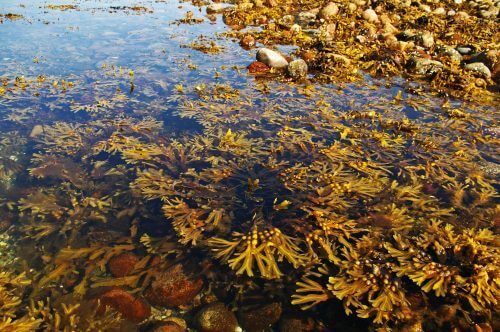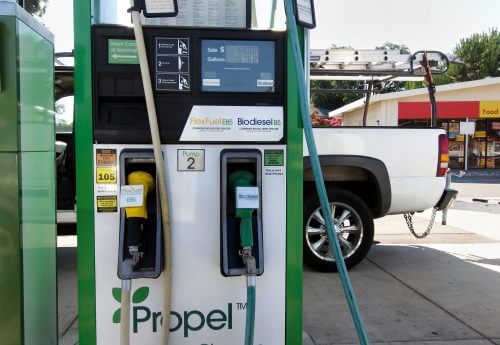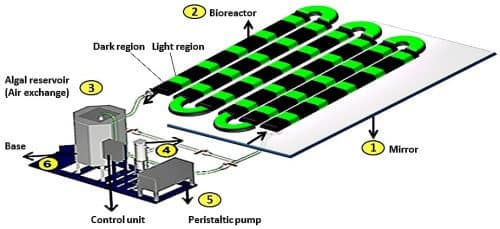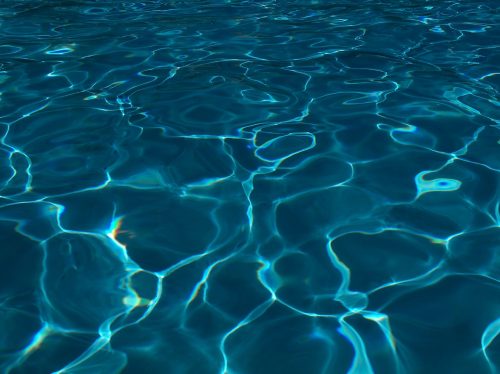A Jordanian researcher from Bar Ilan University has developed a technology that makes it possible to grow algae at a double rate - thus producing alternative energy to gas and oil

Daniel Mayer, Angle - Science and Environment News Agency
In the early XNUMXs, Israel was shaken when natural gas fields were discovered off the coast of Israel. Investors rushed to pull out their wallets, laws and regulations were written and thousands took to the streets, all because of the gas - which threatened to change the rules of the regional game and Israel's dependence on Arab oil. But with all due respect to natural gas, which is a relatively clean source of energy from pollutants but decomposes and emits many greenhouse gases, the understanding is increasing today that energy sources based on fossil fuels are diminishing, and therefore many countries strive to develop economic independence based on renewable energy sources - such as wind and solar energy - and to be less dependent on natural treasures and the whims of those who control them.
In recent years, the research bodies, the government and the industry have been investing a lot of money in the search for renewable energies that could provide the Israeli energy sector with economic security while using clean and environmental technology. Recently, studies in the field of biofuels have emerged as a possibility for a cleaner and more environmental energy future; Will the marine gas fields soon be replaced by fields of algae? For this, several conditions must be met and several technological developments must be matured, which will make the business economical.
From Amman to Bar-Ilan
from them Biofuels? These are actually fuels that utilize the energy stored in plant matter, and are a substitute for the fuels we are familiar with - diesel, gasoline and gas. Biodiesel, which is the biological substitute for diesel, is produced from vegetable oils; Bio-ethanol is produced from starch and sugar; And biogas currently mainly refers to the gas created from the decomposition of waste using bacteria, and is mainly used for cooking in the countries of the developing world.

In a "perfect world" today we could switch to using these three biofuels as a fuel that drives transportation, industry and electricity production. The problem is that, in the meantime, the production cost of the biofuels is still not profitable on a large scale, due to the high costs of the raw materials and the technology to convert them into fuel. Also, growing plants especially for this industry causes food prices to rise, the occupation of large areas and damage to sensitive habitats such as rainforests. To find a solution to this problem, many researchers in the world and in Israel are trying to find ways to lower production costs and provide a greener solution to our energy needs. One of them is Dr. Said Abu-Gosh from Bar Ilan University.
"I always wanted to make a difference, to create something unique. Today, after a PhD in algae biotechnology, I feel that I am on the right path. I hope to work as a researcher at one of the universities and develop research in this field," says Abu-Gosh this week. Among the doctoral students who completed their studies at Bar Ilan University this year, Abu-Gosh stood out as an English-speaking student who did not fit the classic profile of a doctoral student at the religious university.
Abu Ghosh was born in Kuwait and moved with his family to Jordan after the Gulf War. "After finishing my first degree at a university in Jordan, I worked in a pharmaceutical company," he says. "But after a while I felt the need to escape from the routine of life, and that's how I ended up studying environmental studies at the Arab Institute, located in Kibbutz Ketura, for a year of environmental leadership and carrying out an independent research project on the production of biodiesel from microalgae. It was an opportunity to get to know Israelis beyond what I have seen so far in the media, to learn about the culture and religion and to talk about our disagreements under the umbrella of finding solutions to environmental problems that both countries, Israel and Jordan, suffer from. With the help of the Araba Institute, I applied for a master's degree in algae biotechnology at Ben Gurion University, and continued on this topic for a doctorate at Bar Ilan University."
Simple and practical technology
Apart from the unique life story, what is particularly interesting is Abu Ghosh's innovative research, which is now intriguing the biotechnological industries. "Inventors and investors in the field of biotechnology today are trying to lower the production costs of products by reducing the energy spent, recycling waste and using renewable energies," Abu-Gosh explains. "We found that using natural sunlight in certain forms can result in higher productivity and a tremendous saving of resources in growing algae."

The field of growing algae has gained momentum in recent years due to the possibility of producing from them various food additives, medical and cosmetic products, nutritional supplements for animals, and also due to the potential to produce fuel from them, mainly oils and ethanol, which is known as "biodiesel". "In Israel there are several companies that grow microalgae for the commercial purpose of food additives, cosmetics and for scientific uses, and in the past attempts were even made to produce biodiesel", explains Dr. David Iluz, Abu-Gosh's research partner. "The reason for using microalgae is the high amount of lipids (fats), from which biodiesel can be produced, and their good utilization due to the relatively small amount of waste thrown away in the process. Therefore, the production of fuel from microalgae is an alternative energy that may replace oil as a main energy source in the future.
"The problem today is that growing microalgae for biodiesel needs is far from sufficient economic viability compared to the relatively low cost of using oil," adds Iloz. "In order to create economic viability, you need to think about how to optimize the process." Apart from the technological improvements in the production process, another way to reach economic viability is the production of by-products from the residues of the biodiesel production process, such as using the remaining protein as animal feed and making bio-ethanol from the carbohydrates. The complex of production processes is called a bio-refinery.
It's flashing
Under the guidance of Professor Zvi Dubinsky from Bar Ilan University, Abu-Gosh and Eluz found that natural sunlight flashing regularly, alongside ambient background light, increases the biomass (plant mass) and productivity in microalgae by more than 55 percent in a process that takes half the time, all at low cost and with simple technology To be able to be applied in the cultivation of microalgae in aquaculture on a large scale - after proving economic feasibility and increasing the scale of the process to a commercial size. "Previous studies have shown that flashing light has a positive effect on photosynthesis in terrestrial plants (plants that grow on land - DM), but they did not examine this issue in microalgae," says Iloz. "We simply found the right frequency and applied the method at micro speeds." Now the research is gaining interest and will soon be published in a journal in the field of biotechnology.

How It Works? Blinking light actually simulates the ambient light to which algae are exposed in the shallow sea, due to the behavior of the waves on the surface of the water, which concentrate and scatter the sunlight. When we swim in a shallow sea, we are also exposed to the flickering light, and this is often revealed to us in beautiful photographs taken under the surface of the sea. Abu-Ghosh and his colleagues were able to simulate the flickering light by streaming the microcurrents through a device consisting of glass tubes, where the light is blocked at regular intervals. The algae pass through the darkened sections and are thus exposed to light and darkness alternately. The speed of the flow and the length of the segments determine the frequency of the flashing.
So will we soon be able to fill up a full tank of algae fuel at the nearby gas station? It seems that this day is still far away; But it is now clear that algae are more than just another food to be devoured with pleasure, and they may hold the green fuel of tomorrow. By choosing a more environmental approach to the Israeli energy economy, it will be possible in the future to rely on renewable and local energy, which will eliminate the dependence on the expensive, polluting and depleting mineral fuels.
